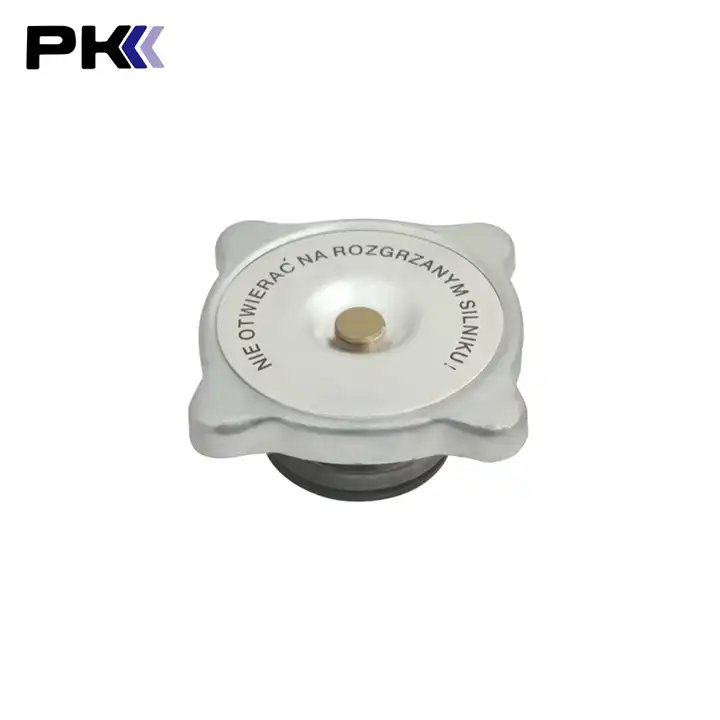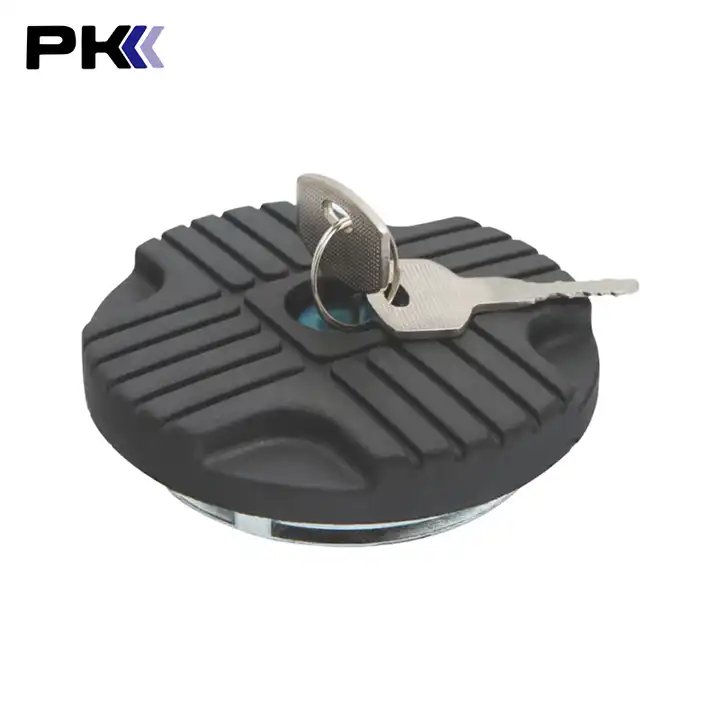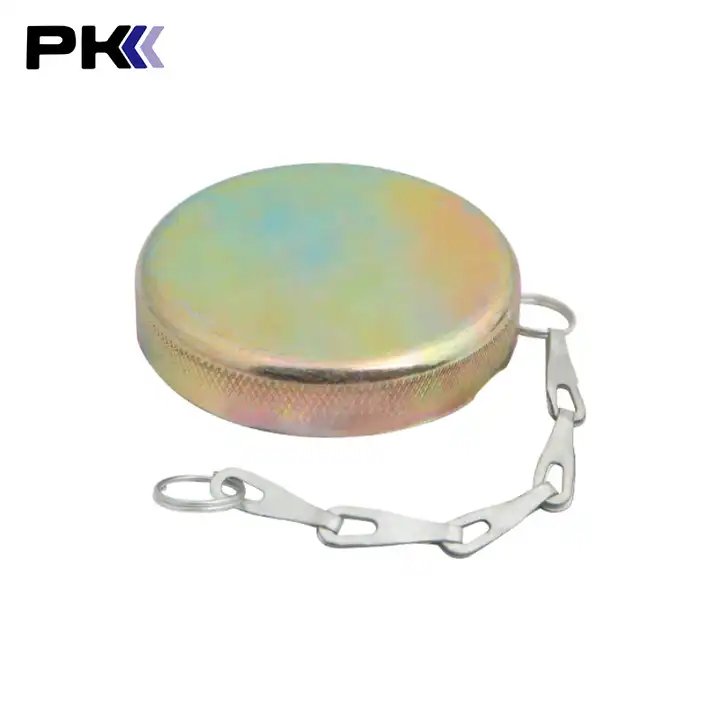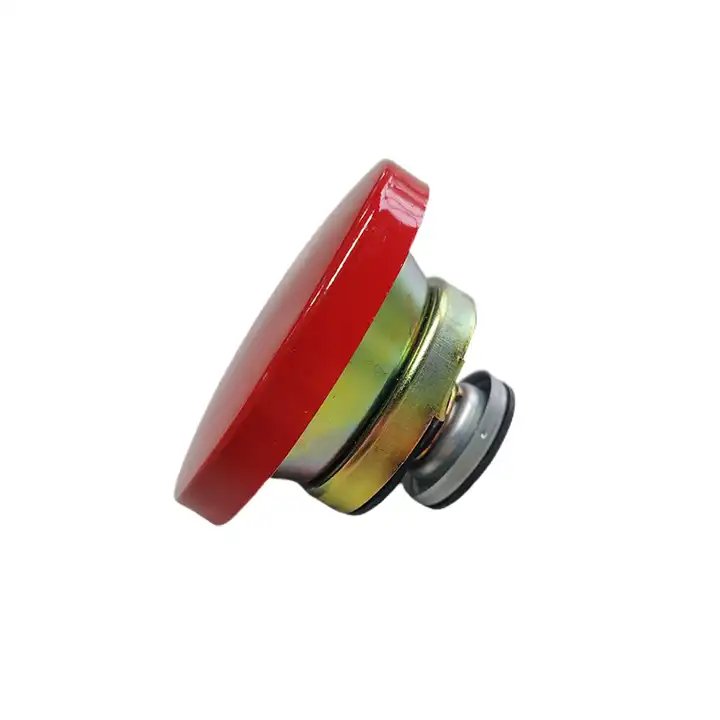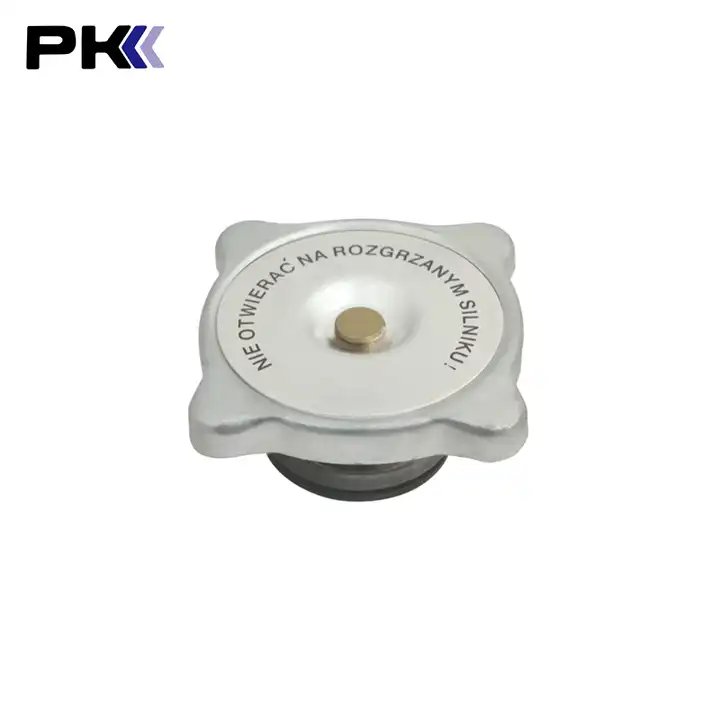Radiator Cap for Isuzu D-MAX MUX 4JJ1 4JK1: Everything You Need to Know
When it comes to maintaining the cooling system in your Isuzu D-MAX MUX, the radiator cap plays a crucial role. It might seem like a small, unimportant part, but this simple component helps keep the engine running at optimal temperatures. If you’re driving a model with the 4JJ1 or 4JK1 engine, understanding the importance of the radiator cap and choosing the right one can save you from costly repairs down the road.
In this blog post, we’ll delve into the significance of the radiator cap for Isuzu D-MAX MUX with 4JJ1 and 4JK1 engines, its functions, and why selecting the correct one is essential for your vehicle’s performance.
Why the Radiator Cap is Important
The radiator cap is often overlooked, but it’s integral to your vehicle’s cooling system. Its primary functions are:
- Maintaining Pressure: The cap seals the radiator, ensuring the cooling system is under the correct pressure. The pressurized system raises the boiling point of the coolant, allowing it to operate more efficiently and keep the engine cool under high temperatures.
- Allowing Overflow: When the coolant gets hot and expands, the radiator cap allows excess coolant to flow into the overflow tank. When the engine cools down, it creates a vacuum that pulls the coolant back into the radiator. This helps prevent air from entering the system and keeps the coolant levels balanced.
- Safety Valve: The radiator cap has a built-in spring-loaded valve that opens when the pressure inside the cooling system exceeds the designed limit. This prevents damage to other components, like hoses and the radiator itself.
For the Isuzu D-MAX MUX 4JJ1 and 4JK1, proper pressure is essential. These engines are robust but need consistent cooling to perform at their best. A faulty radiator cap can lead to overheating, engine damage, and ultimately, costly repairs.
Radiator Cap Specifications for Isuzu D-MAX MUX 4JJ1 4JK1
When shopping for a replacement radiator cap for your Isuzu D-MAX MUX, here are a few things you should know:
- Pressure Rating: The radiator cap for the Isuzu D-MAX MUX, particularly for the 4JJ1 and 4JK1 engines, typically operates at a pressure of 1.1 bar (or around 16 psi). This is designed to keep the cooling system pressurized to ensure it works efficiently.
- Material and Durability: It’s crucial to choose a high-quality radiator cap made from durable materials such as stainless steel or reinforced plastic. A cheap, low-quality cap may not create a proper seal, which could lead to overheating.
- Fitment and Compatibility: Ensure that the radiator cap you choose is compatible with your specific model and engine variant. While the 4JJ1 and 4JK1 share similarities, variations in design can lead to different part requirements. Always verify the part number and specifications before purchasing.
Signs You Need a New Radiator Cap
Although radiator caps are generally durable, they can wear out over time. Here are some signs that your radiator cap may need replacing:
- Overheating Engine: If your engine is frequently overheating, it could be a sign that the radiator cap isn’t maintaining the proper pressure, or it’s leaking coolant.
- Coolant Leaks: Check for any coolant around the radiator cap or on the ground beneath the vehicle. A failing cap can allow coolant to escape, leading to low levels and engine overheating.
- Erratic Temperature Gauge: If your temperature gauge fluctuates unexpectedly, the issue may lie with the radiator cap’s inability to maintain consistent pressure.
- Hissing Sounds: If you hear a hissing sound coming from the radiator area, it could be an indication that the cap is not sealing correctly and steam is escaping.
Choosing the Right Radiator Cap
To keep your Isuzu D-MAX MUX 4JJ1 or 4JK1 engine running smoothly, it’s essential to choose the right radiator cap. Here are a few tips:
- OEM Parts: Opt for Original Equipment Manufacturer (OEM) parts whenever possible. These caps are designed specifically for your vehicle and engine, ensuring proper fitment and function.
- Reputable Brands: If you’re looking for aftermarket options, ensure you’re purchasing from a well-known and trusted brand. While the price may be lower, cheap alternatives can lead to unreliable performance.
- Check the Pressure: As mentioned earlier, the radiator cap should maintain a specific pressure. Always double-check the pressure rating to avoid any issues with overheating or pressure buildup.

